The Lao Cai – Hanoi – Hai Phong railway construction project with a main line length of 390.9 km, 1,435 mm gauge, for the general transport of passengers and goods with a total investment of 8.369 billion USD is proposed to use public investment capital.
The Government has submitted to the National Assembly for approval a railway project worth 8.369 billion USD.
The Lao Cai – Hanoi – Hai Phong railway construction project with a main line length of 390.9 km, 1,435 mm gauge, for the general transport of passengers and goods with a total investment of 8.369 billion USD is proposed to use public investment capital.
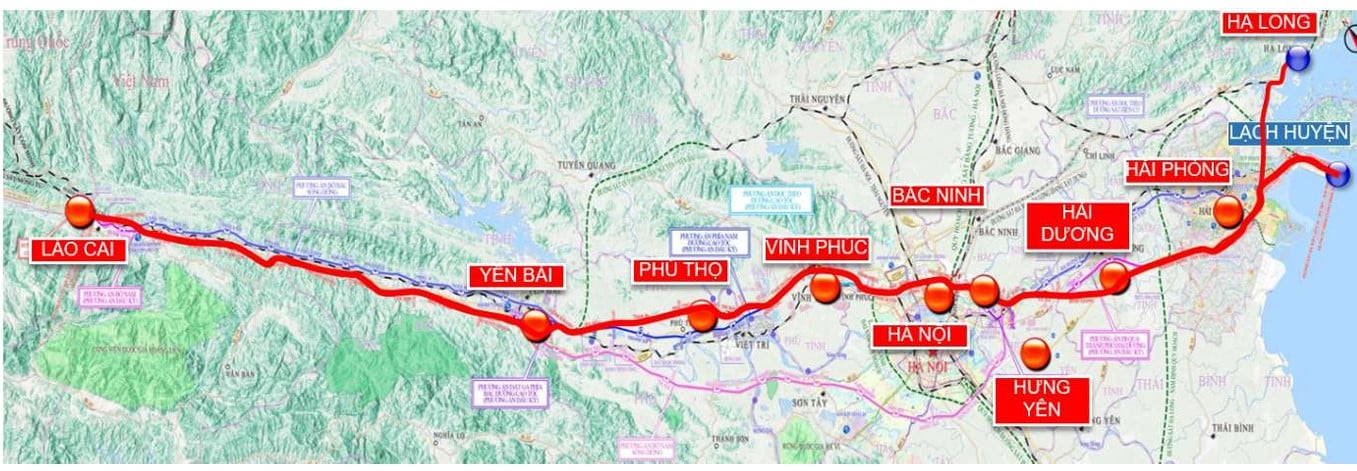 |
| Railway route Lao Cai - Hanoi - Hai Phong. |
The Government has just issued Document No. 69/TTr – CP proposing the National Assembly to consider and approve the investment policy for the Lao Cai – Hanoi – Hai Phong railway construction investment project.
This is a project with the goal of building a new, modern, synchronous railway line to meet the domestic and international transport needs between Vietnam and China; creating an important driving force for rapid and sustainable socio-economic development, promoting advantages on the Lao Cai - Hanoi - Hai Phong economic corridor to ensure effective connection of the domestic and international railway network, associated with ensuring national defense, security and international integration, environmental protection, responding to climate change; promoting the process of industrialization and modernization of the country.
The project starts at the rail connection point across the border between the new Lao Cai station and Ha Khau Bac station (China); ends at Lach Huyen wharf area, passing through 9 provinces and cities; the main line length is about 390.9 km and 3 branch lines are about 27.9 km.
In Document No. 69, the Government proposed to build a new electrified railway line with a gauge of 1,435 mm, for the general transport of passengers and goods; the main line from Lao Cai Moi station to Nam Hai Phong station has a design speed of 160 km/h, the section through the Hanoi hub area has a design speed of 120 km/h, and the connecting sections and branch lines have a design speed of 80 km/h.
The project will carry out site clearance for the main line section on a double-track scale, with the initial investment phase being on a single-track scale. This railway line will use centralized power train technology for passenger and freight trains; the information and signal system will be equivalent to the system currently in use on some railway lines transporting passengers and freight in the region.
The route of the Project is studied and selected to ensure the shortest and straightest possible route, using 3 main types of structures on the route (of which: bridge structure accounts for about 29% of the route length, tunnel about 7% and ground about 64%) to ensure compliance with the planning approved by competent authorities; limiting passage through sensitive areas of natural environment, society, national defense land; limiting the volume of land clearance, ensuring convenient connection with railway lines in the Hanoi hub area, railway connecting China.
The Lao Cai – Hanoi – Hai Phong railway line is expected to have 18 stations (including 3 train-making stations and 15 mixed stations). In addition, to carry out technical operations for train operations, it is expected to have 13 technical operation stations.
During the exploitation process, when the transportation demand increases, we will research and upgrade some technical operating stations into mixed stations and invest in additional stations when needed.
In addition, the Project also plans to arrange 1 freight train depot at Yen Thuong station; 1 passenger train depot at Yen Vien; 2 locomotive and wagon preparation stations at the new Lao Cai station and Nam Hai Phong station.
The total land use demand of the Project is approximately 2,632 hectares, the resettled population is approximately 19,136 people; the investment form of the Project is public investment. It is estimated that the total investment of the Project is approximately 203,231 billion VND (approximately 8.369 billion USD).
To be proactive and flexible in using capital sources, the Government proposes that capital sources for the Project include the state budget (central and local); domestic capital sources, foreign capital sources (loans from the Chinese Government) and other legal capital sources.
According to the Government's proposal, the Project will prepare a feasibility study report from 2025, striving to basically complete the Project by 2030.
Vietnam Railway Corporation will be the unit receiving management, maintaining infrastructure and organizing operation of the entire route; all means and equipment for operation will be assigned.
Preliminary calculation results show that in the first 5 years of operation, the state needs to support part of the infrastructure maintenance costs with economic career capital similar to the current national railway system.
For this Project, the vehicles and equipment are suitable for Vietnam to receive technology transfer, invest in machinery and equipment and produce locomotives and carriages for national railways with speeds less than 200 km/h, and purchase designs and manufacture for urban railways.
To successfully implement and soon complete the Project according to the required schedule, the Government proposed to apply 19 specific and special mechanisms and policies, of which 15/19 mechanisms and policies have been allowed by the National Assembly to be applied to the high-speed railway project on the North-South axis in Resolution No. 172/2024/QH15 and proposed to add 4 other mechanisms and policies.
Source: https://baodautu.vn/chinh-phu-da-trinh-quoc-hoi-phe-duyet-du-an-tuyen-duong-sat-tri-gia-8369-ty-usd-d245045.html






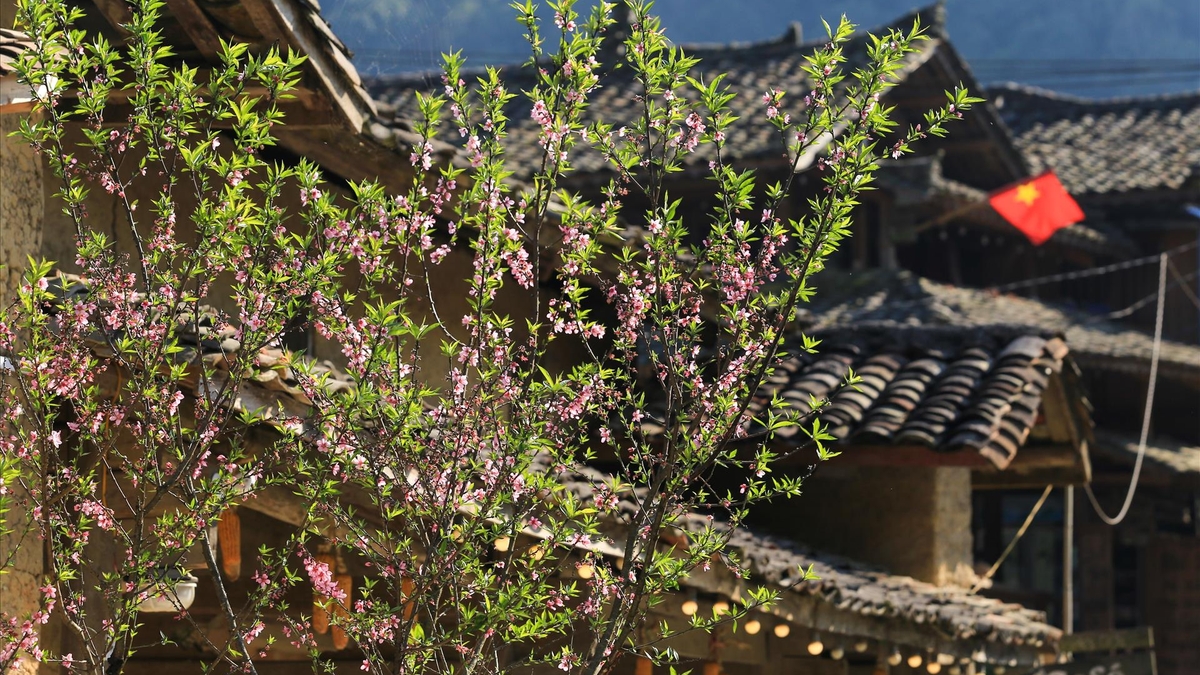
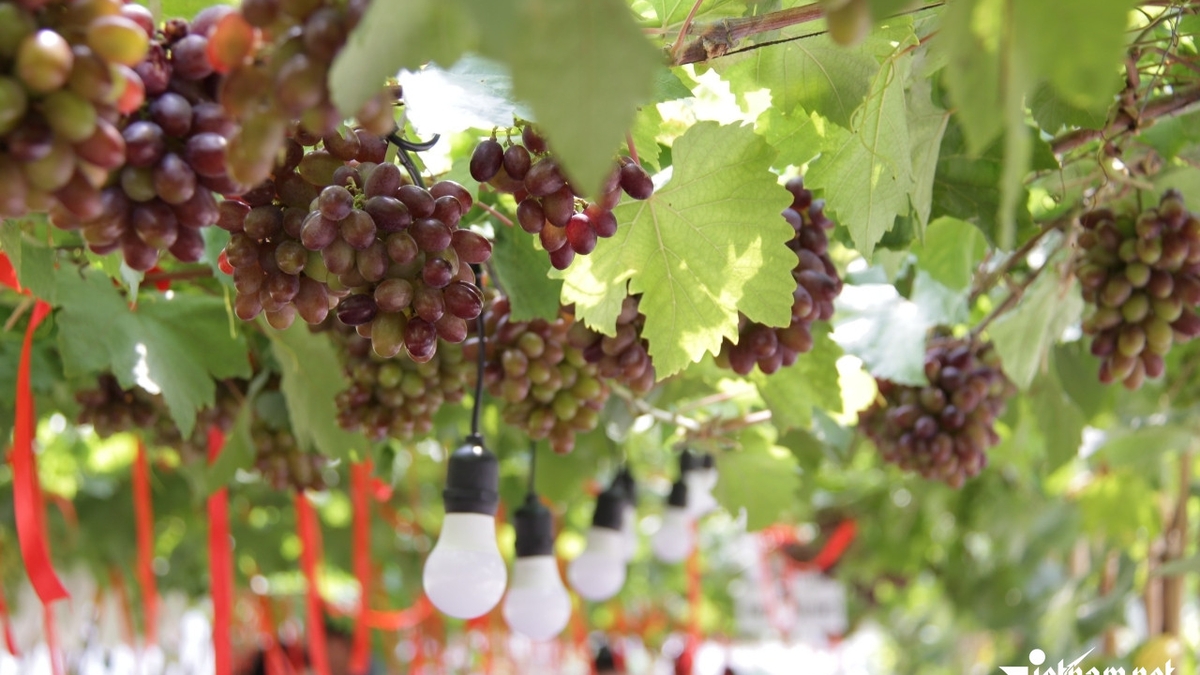
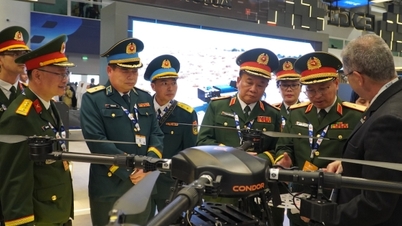

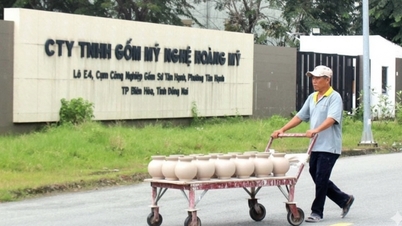
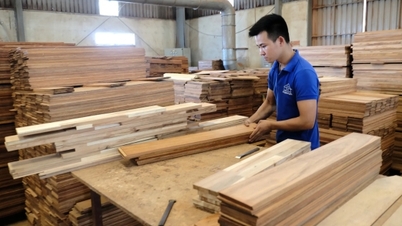


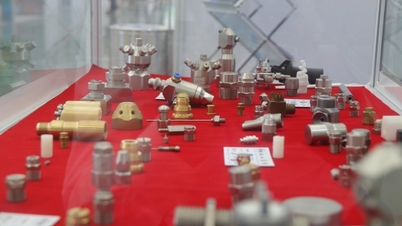
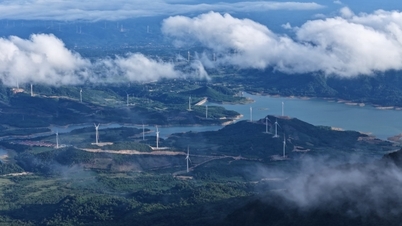




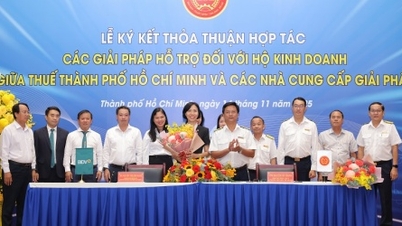
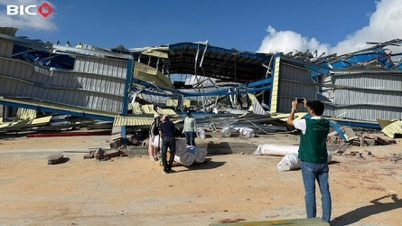
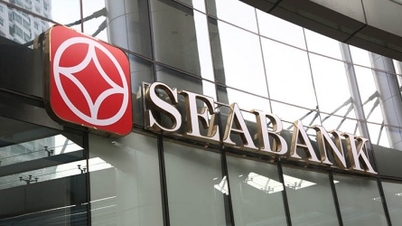

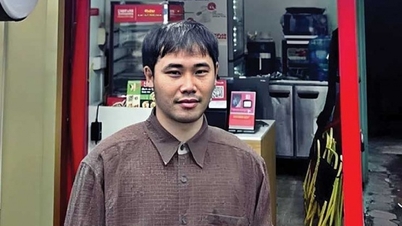
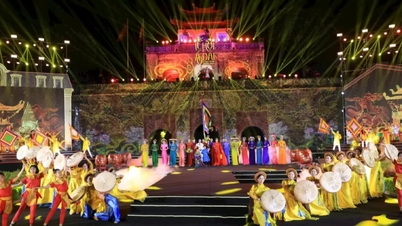
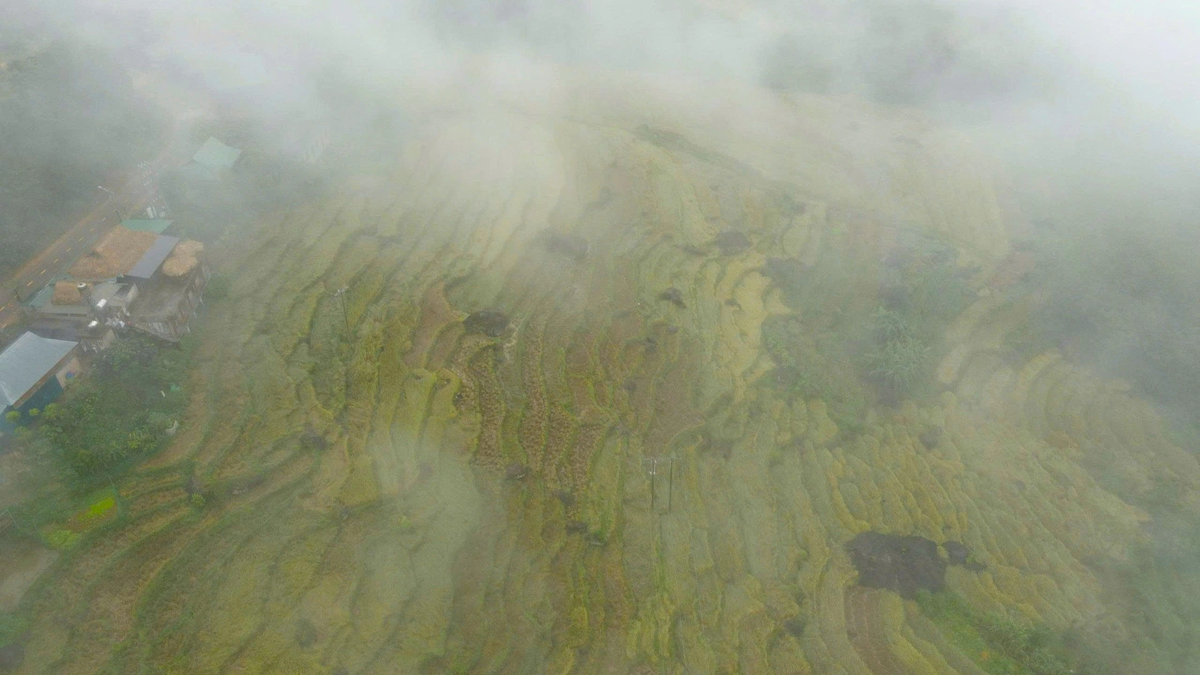
![[Photo] General Secretary To Lam and National Assembly Chairman Tran Thanh Man attend the 80th Anniversary of the Traditional Day of the Vietnamese Inspection Sector](https://vphoto.vietnam.vn/thumb/1200x675/vietnam/resource/IMAGE/2025/11/17/1763356362984_a2-bnd-7940-3561-jpg.webp)



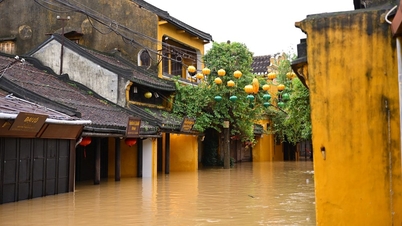

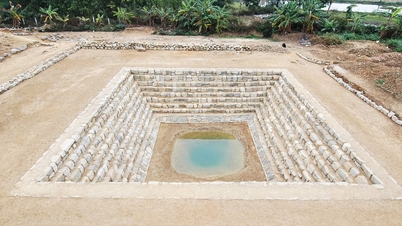

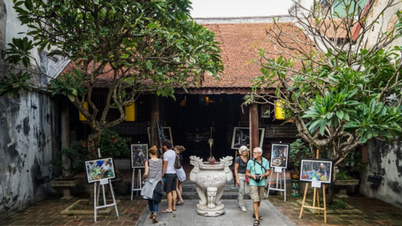
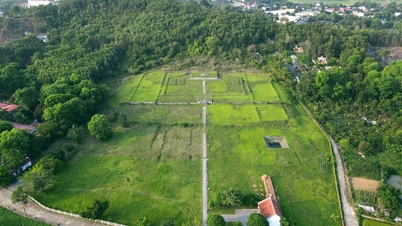













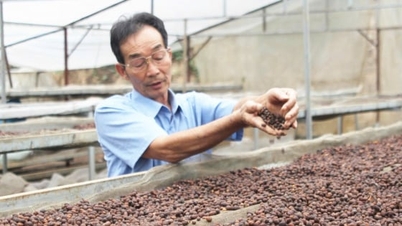




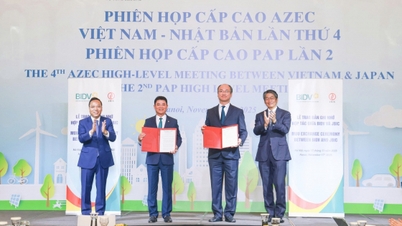



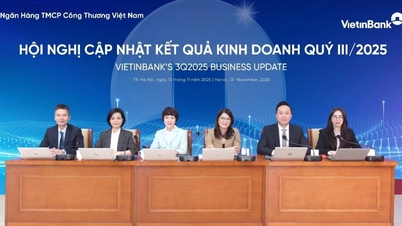


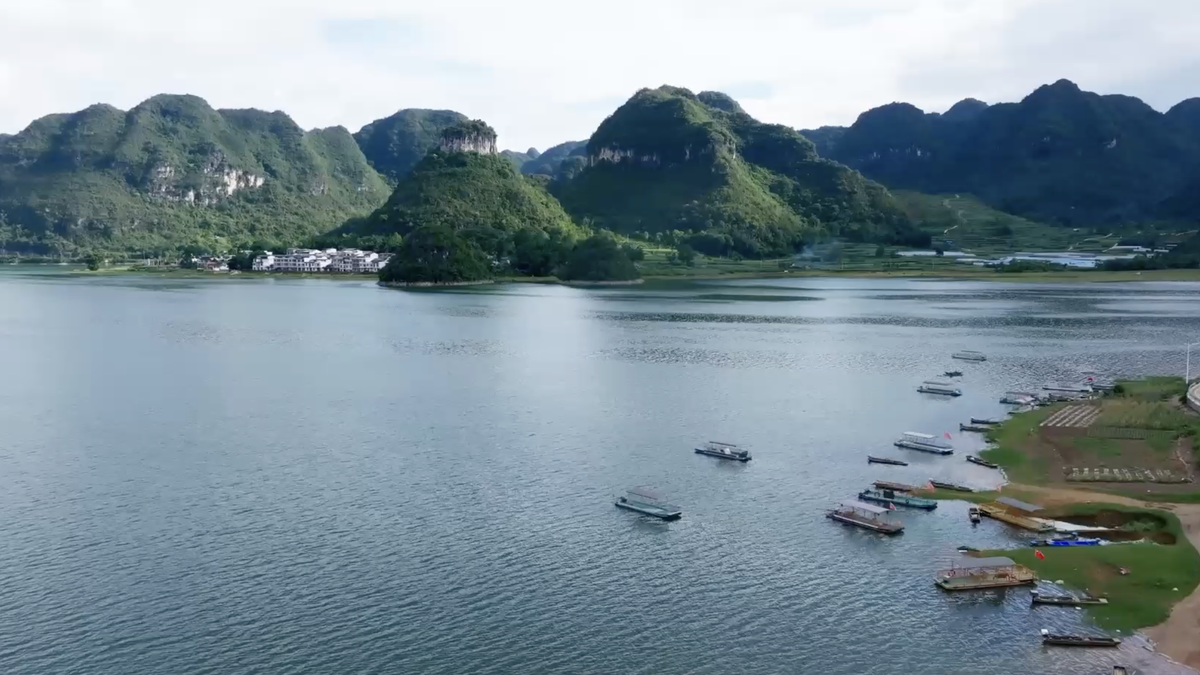
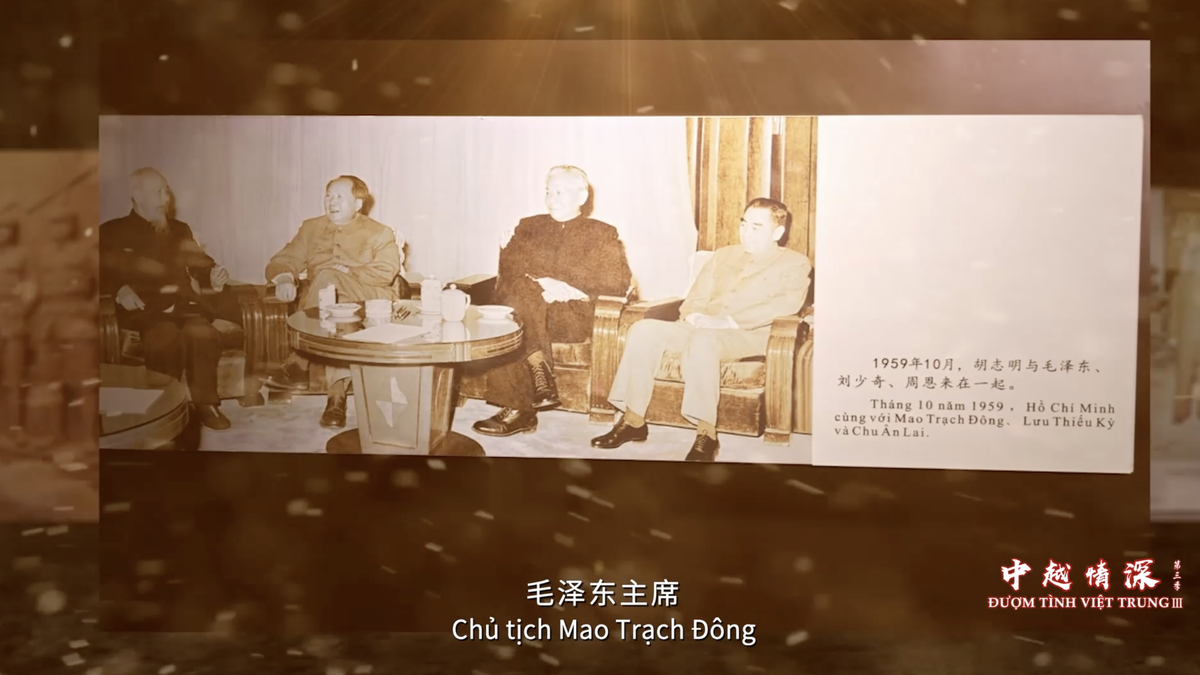





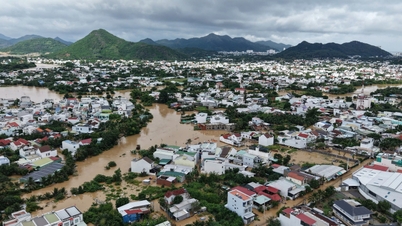



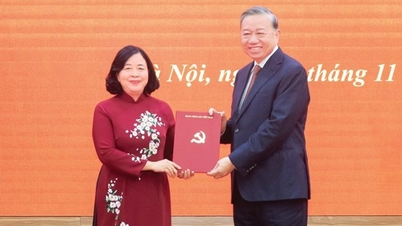


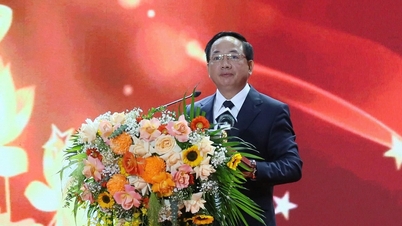



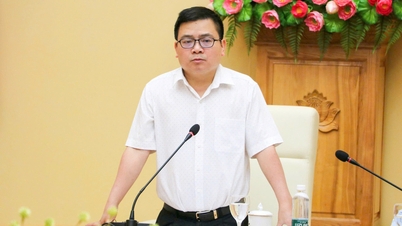








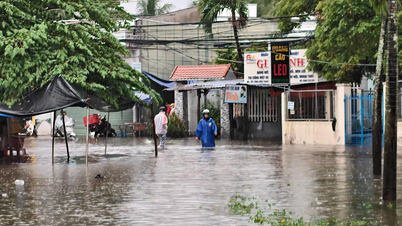
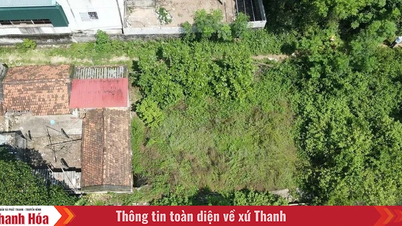



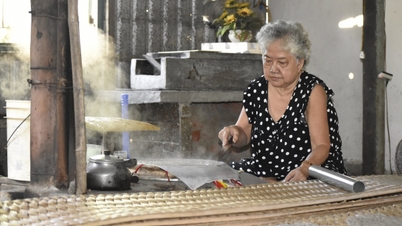











Comment (0)